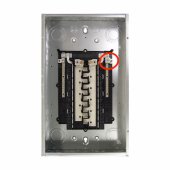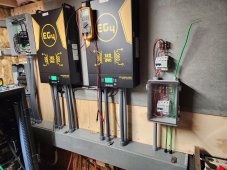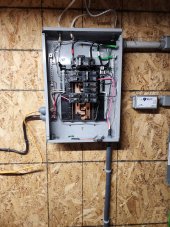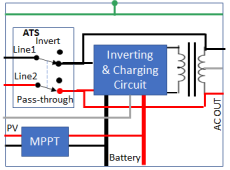I have an off-grid 6000ex (no grid in/out) that has the AC out connected to a main panel/load center. The panel has a ground/neutral bonding screw like the one shown in this image:

In attempting to learn more about ground neutral bonding I discovered that the LVX-6048 does ground/neutral bonding when in battery mode ( so for me all the time ) and assumed this model would be similar. (Signature Solar hasn't responded to my email yet)
If the two models do handle g/n bonding the same:
Do I have a double ground neutral bond? If so, what type of problems would that present in my system?

In attempting to learn more about ground neutral bonding I discovered that the LVX-6048 does ground/neutral bonding when in battery mode ( so for me all the time ) and assumed this model would be similar. (Signature Solar hasn't responded to my email yet)
If the two models do handle g/n bonding the same:
Do I have a double ground neutral bond? If so, what type of problems would that present in my system?






